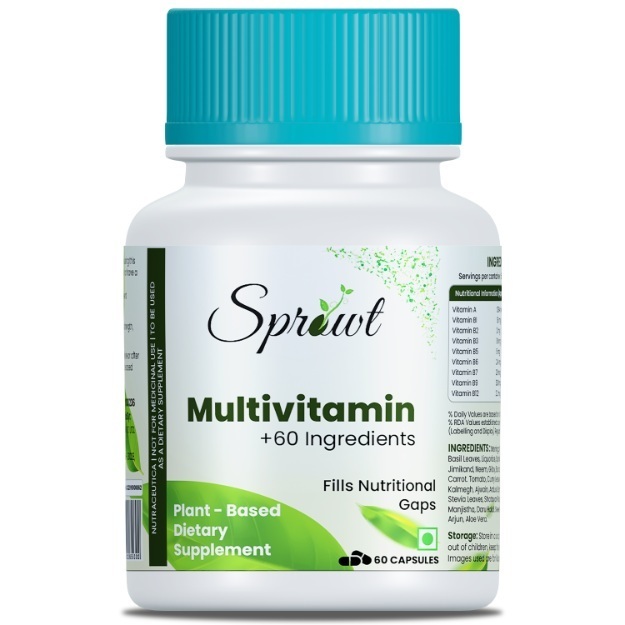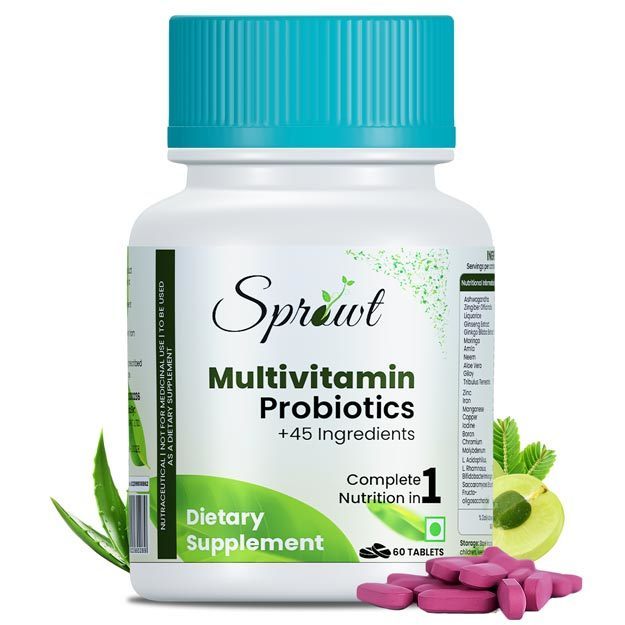Renocel is a prescription medicine. It is typically used for the treatment of Anemia. Secondary and off-label uses of Renocel have also been mentioned below.
The optimal dosage of Renocel is largely dependent on the individual's body weight, medical history, gender and age. Besides the medical condition it is advised for, the route of administration also plays an important role in determining the correct drug dosage. This information has been provided in detail in the dosage section.
Apart from the aforementioned side effects, Renocel can also lead to other problems, which have been listed below. These side effects of Renocel are usually temporary and subside with the completion of treatment. If, however, they worsen or do not go away, please speak with your physician.
It is also important to note that Renocel has a Moderate effect for pregnant women and Moderate effect on lactating mothers. Warnings related to Renocel's effects on the liver, heart and kidney, if any, have been listed below.
Renocel is contraindicated in people with pre-existing medical conditions like High Blood Pressure, Seizures as it can result in adverse effects. The section on Renocel contraindications lists all such conditions.
Besides this, Renocel may also have severe interaction with some medicines. Refer to the list below for further details.
Along with the above-mentioned precautions, remember that taking Renocel is considered not safe while driving, and is not addictive.
X














